Hideaki Kawashima, Confronting the Melancholy of Everyday Life
The series of portraits produced by the Japanese artist are the result of an introspective voyage undertaken over the course of his career.
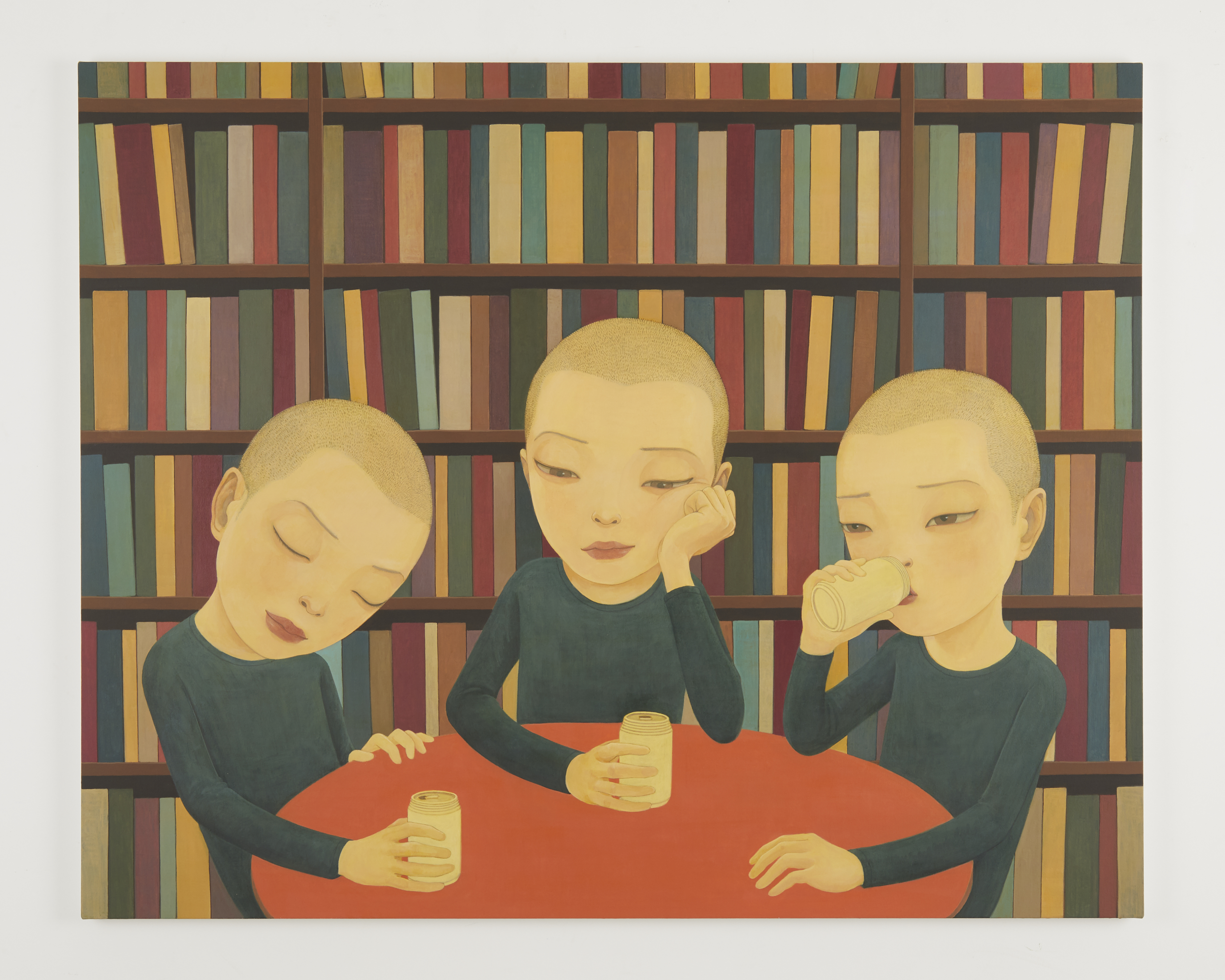
Hideaki Kawashima, “Philosophy” (2018) © Tomio Koyama Gallery
Looking at the work of the Japanese artist, born in 1969, the viewer is captivated and seeks to decipher emotions that are not fully revealed. Is this linked to the two-year period of Buddhism training that Hideaki Kawashima undertook at the Enryakuji Temple on Mont Hiei before dedicating his full attention to his artistic practice?
The artist explains that these portraits are ‘projections of [him]self, and are indeed like self-portraits’, in a text published in 2018 on the occasion of an exhibition at the Tomio Koyama Gallery.
Expressing his regrets
The characters depicted by Hideaki Kawashima, whether alone or in groups, appear pensive, demotivated, and in some cases tired of their everyday life, in moments that we all experience. A group of students, all identical, are shown escaping during a break in the library, expressionless in front of the viewer, frozen in their own mind. Like still lifes—vases of flowers are also present in his work—the figures, whose age and sex is difficult to define, endure life and seem to give up on it. More than suffering in silence, they appear resigned, whether in the shower or sitting with their breakfast in front of them.
When asked to explain what motivates him to paint, Hideaki Kawashima states: ‘I came to think that what I was painting were the reserves I had against myself at the time (when I was in my teens). Whether it was narcissism, romance, or the course of my career, I felt this strong sentiment mixed with elements of regret. I believe that this is what drives me to paint.’
The artist’s previous work, which featured only female faces with less defined features, can also be viewed on the Tomio Koyama Gallery website.
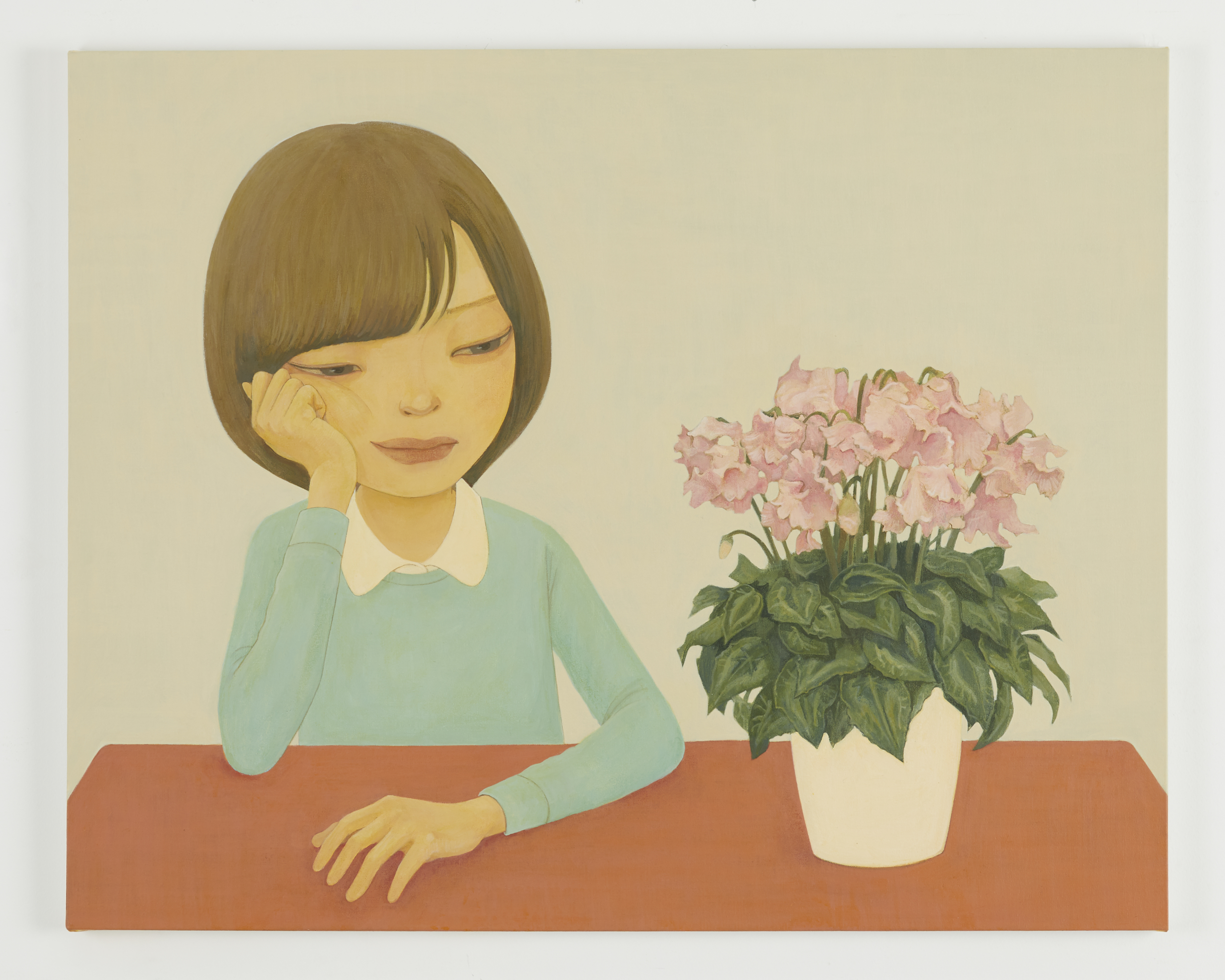
Hideaki Kawashima, 'Cyclamen' (2018) © Tomio Koyama Gallery

Hideaki Kawashima, 'Shower' (2017) © Tomio Koyama Gallery
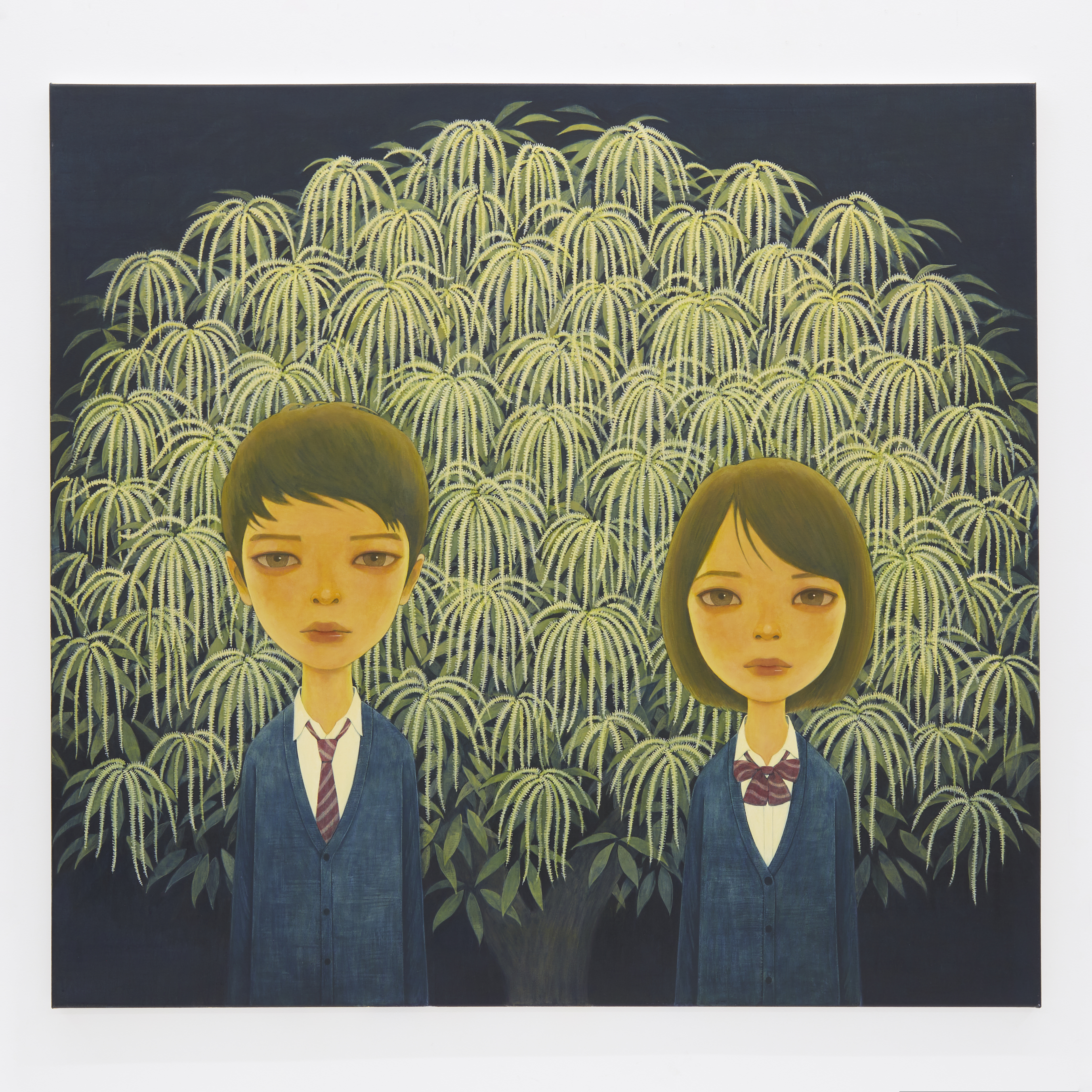
Hideaki Kawashima, 'Youth' (2018) © Tomio Koyama Gallery
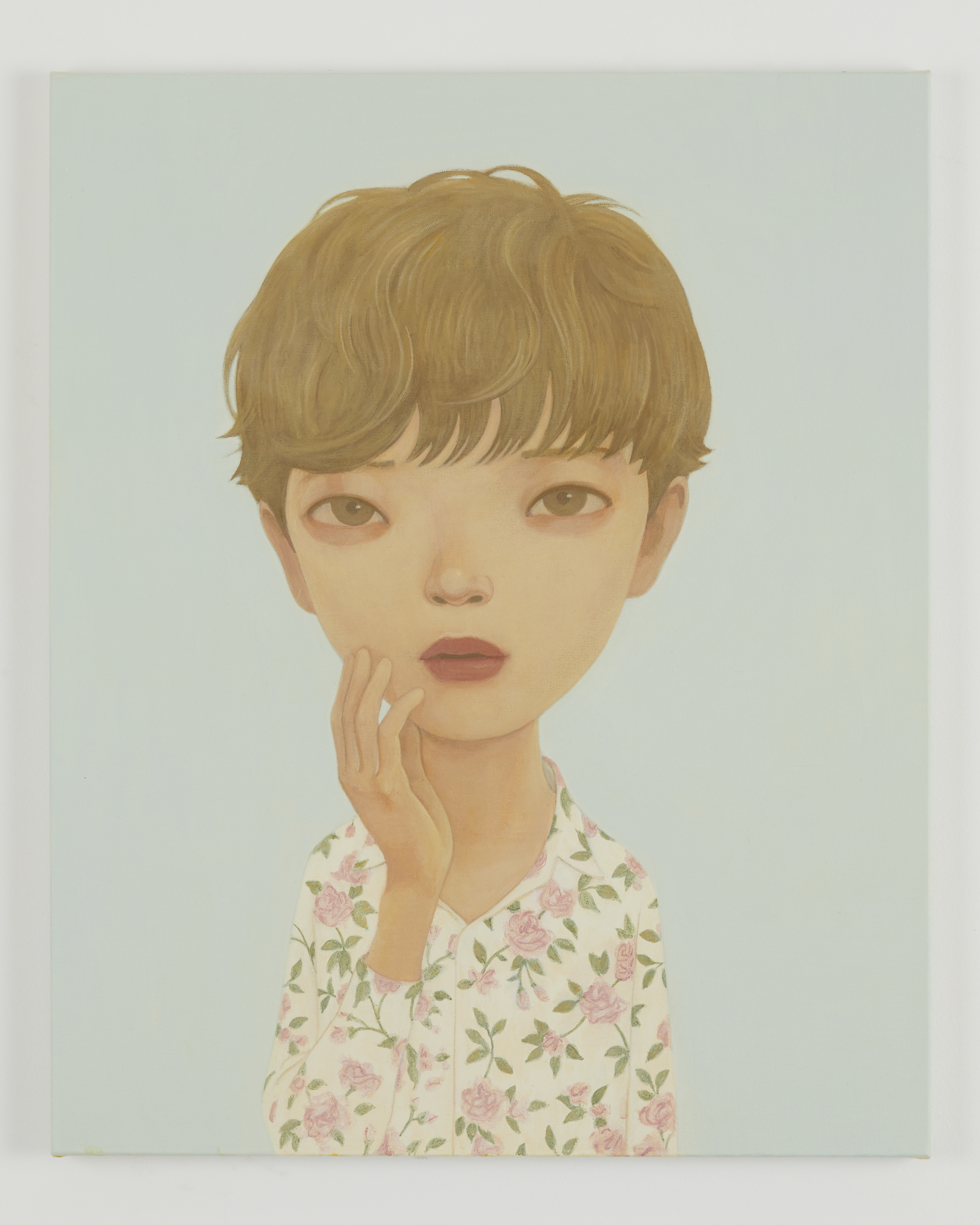
Hideaki Kawashima, 'Sigh' (2017) © Tomio Koyama Gallery
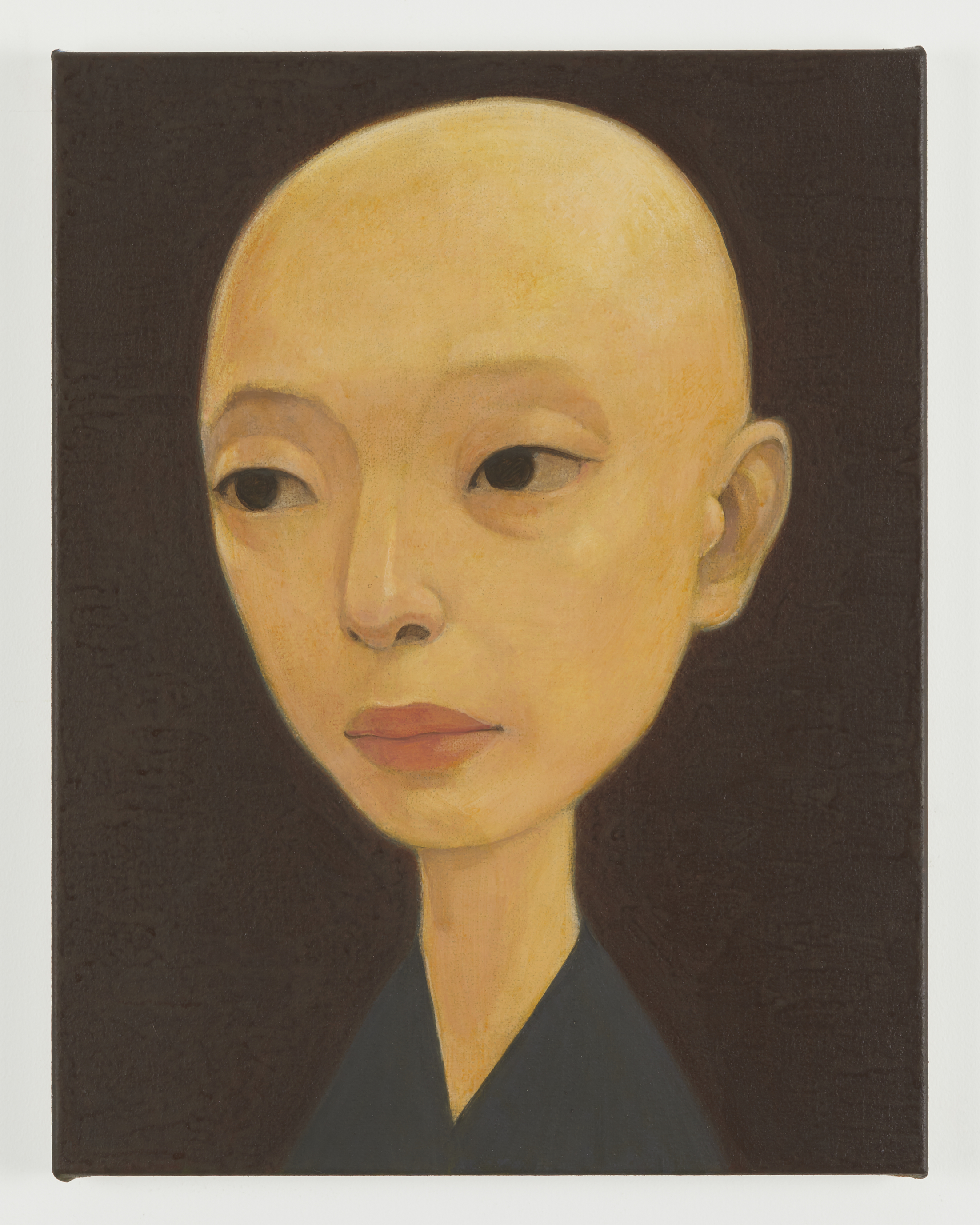
Hideaki Kawashima, 'Monk' (2017) © Tomio Koyama Gallery
TRENDING
-
Hiroshi Nagai's Sun-Drenched Pop Paintings, an Ode to California
Through his colourful pieces, the painter transports viewers to the west coast of America as it was in the 1950s.

-
A Craft Practice Rooted in Okinawa’s Nature and Everyday Landscapes
Ai and Hiroyuki Tokeshi work with Okinawan wood, an exacting material, drawing on a local tradition of woodworking and lacquerware.

-
The Tattoos that Marked the Criminals of the Edo Period
Traditional tattoos were strong signifiers; murderers had head tattoos, while theft might result in an arm tattoo.

-
David Bowie Dressed by Kansai Yamamoto
The English singer was strongly influenced by 'kabuki' theatre and charged the Japanese designer with creating his costumes in the 1970s.

-
‘Seeing People My Age or Younger Succeed Makes Me Uneasy’
In ‘A Non-Conformist’s Guide to Surviving Society’, author Satoshi Ogawa shares his strategies for navigating everyday life.





